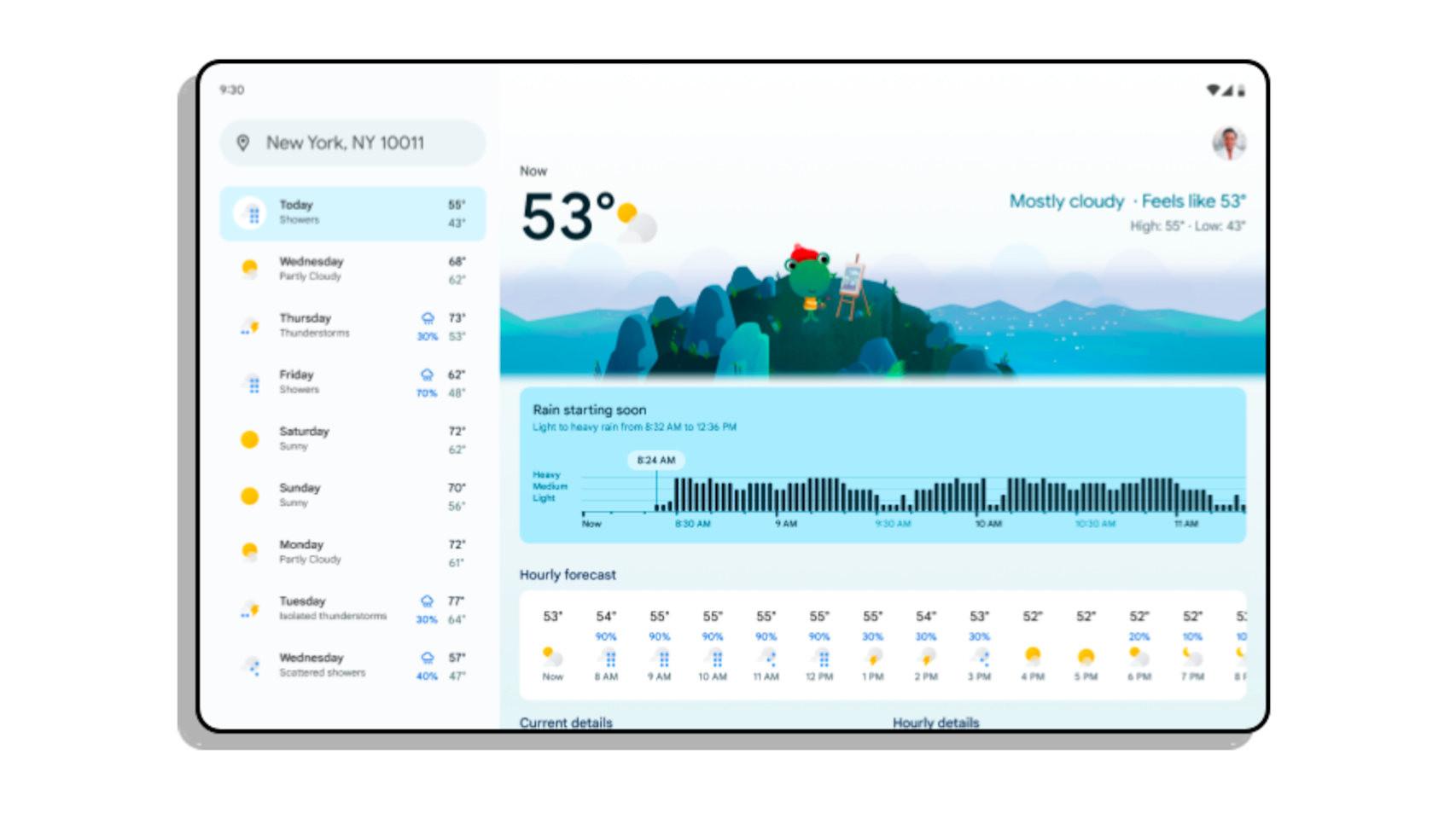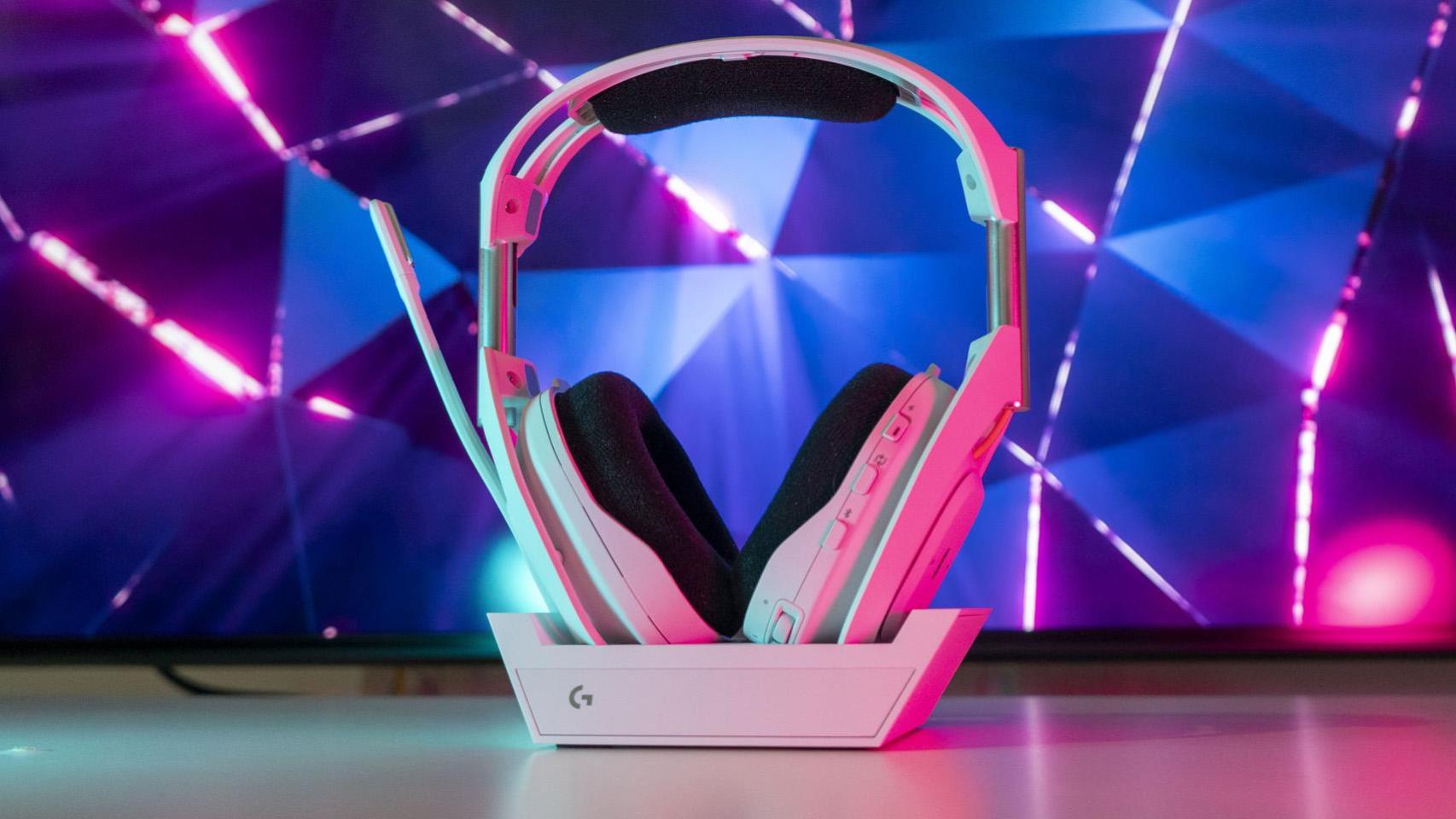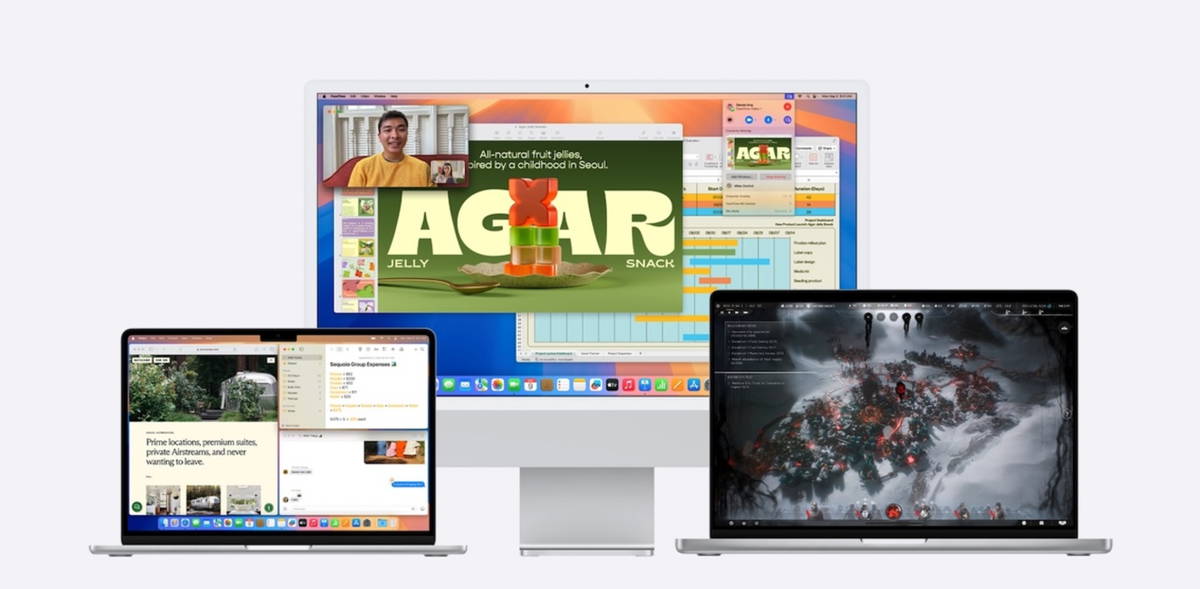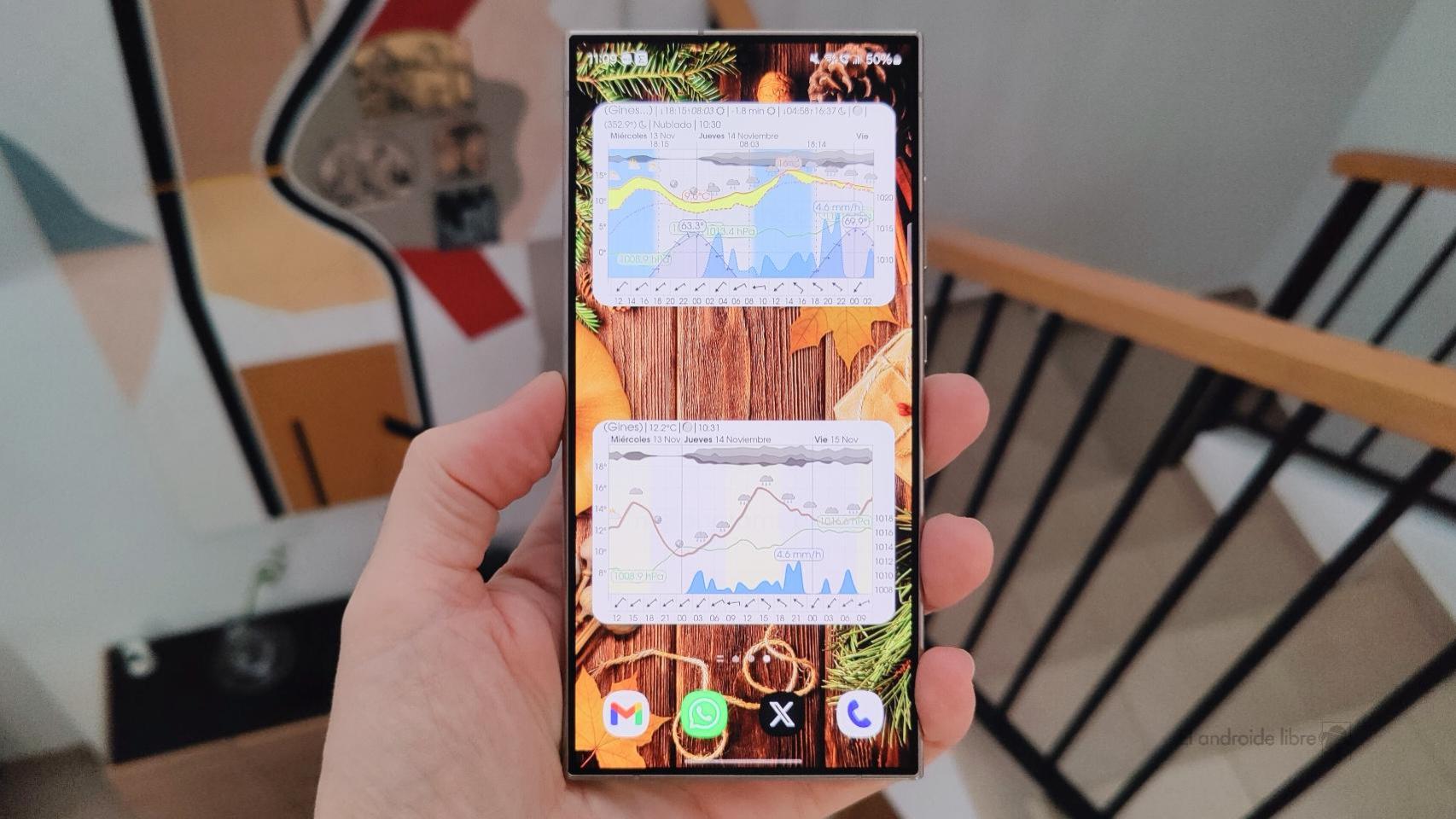Google’s new weather app is perhaps one of the most anticipated Android releases of the year; something that may seem strange, until we realize that it is one of the most used applications on a daily basis. It’s no coincidence that weather apps continue to be among the most popular on Google Play, since there’s a real interest in finding the best looking one and the one that displays the most accurate forecast.
But you might not need to search for a weather app again, since Google’s is touted as one of the best options, maybe the best. To the change of the interface, which presents a more modern design and adapted to all types of screens (such as tablets and foldable mobiles), we must add new functions.
One of these functions can be revolutionary. It’s called Google Nowcast and uses machine learning to show much more accurate weather forecasts, “advancing the clock” by about twelve hours.
Application with “nowcasting”
As revealed in 9to5GoogleNowcast appears to be the result of Google’s machine learning searches for the so-called “immediate forecast”, a forecasting technique that focuses on local-scale weather conditions, using a v ariety of data obtained both from weather stations and from satellites and radars; It is characterized by the high accuracy that it is possible to obtain, as long as the forecast is only a few hours, since in the forecast of days the usual large-scale methods are even more accurate.
In the case of Google Nowcast, the data is obtained from MRMS (“Multi-Radar/Multi-Sensor”) systems of entities such as the NOAA (“National Oceanic and Atmospheric Administration”). Those data they refresh themselves several times an hourto always get the latest information available and to modify forecasts based on small changes that would not normally matter in a full-scale weather forecast.
Google’s weather app will warn you using artificial intelligence
The system created by Google is able to interpret this data and draw various conclusions about the weather in the coming hours. In the app, this will be displayed in a new section, which will appear just above the hourly forecast and will be highlighted with a blue background. Here the system will display a graph of possible weather changes, as well as aa summary sentence that will indicate if the weather will change. Some of the phrases you can display include “It’s going to rain soon”, or “light rain between 8:32 and 12:36”. Since Nowcast is currently only able to forecast rain, hail or snow, it will not appear in the app if none of these conditions are met.
At this time, Google Nowcast will only be available in the United States, as it uses data from a US agency; but over time it could be expanded using data obtained from meteorological agencies in the rest of the world, such as that of Europe.
You may be interested
Follow the topics that interest you









